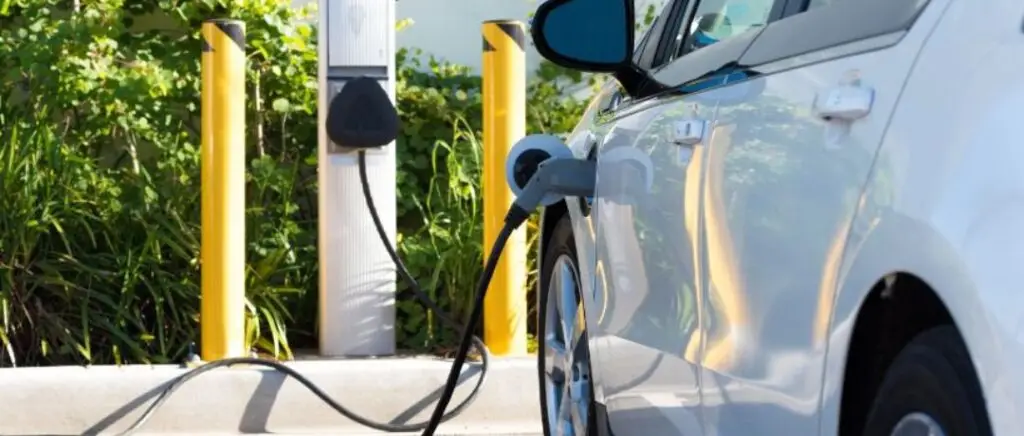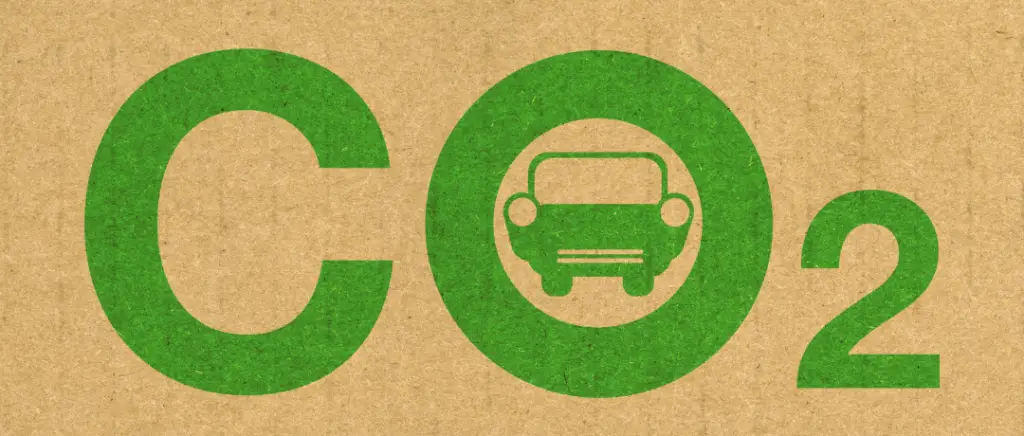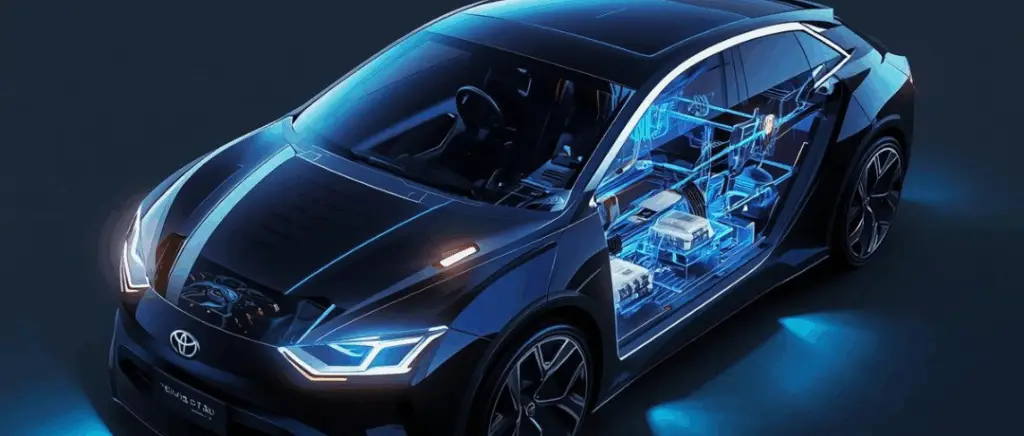Charging points: a network that has grown by 4,400 in one month
April 2025 marked a turning point in the deployment of charging infrastructure in France, with the addition of 4,399 new charging points across the country, a monthly record that underlines the unprecedented acceleration in the sector. This momentum places France among Europe's leaders in terms of the density of public charging points, with 168,055 charging points open to the public at the end of April 2025, an increase of 30 % over one year.
- Between 160,000 and 168,000 public charging points are now available, spread over more than 48,000 stations, covering both urban and rural areas.
- The density is now 249 charge points per 100,000 inhabitants, a figure that reflects better national coverage and easier access for electric motorists.
- This growth is in line with the government's strategy of 400,000 public recharging points by 2030, including 50,000 fast or ultra-fast recharging points, in response to the growing popularity of electric vehicles and new mobility uses.
- Shopping areas, motorway service areas and urban centres are still the most equipped, but efforts are continuing to catch up in less densely populated areas, supported by public and private investment.
The acceleration in the roll-out of charging points by April 2025 confirms the strength of the momentum built up over the last few years and France's determination to position itself as a major player in electric mobility in Europe.
How are the charging points distributed geographically in France?
The distribution of charging points in France shows an increasingly dense territorial network, but also major regional disparities. Here are the main points to bear in mind if you want to understand this distribution:
- A fast-growing network: At 30 April 2025, France had 168,055 charging points open to the public, an increase of 30 % in one year. This puts France among the European countries best equipped to support the transition to electromobility.
- A fast-growing network: At 30 April 2025, France had 168,055 charging points open to the public, an increase of 30 % in one year. This puts France among the European countries best equipped to support the transition to electromobility.
- Leading regions :
- Île-de-France remains in the lead with 28,944 public charging points, benefiting from its high urban density and large car fleet.
- Next come Auvergne-Rhône-Alpes (19,758), Occitanie (16,850), Nouvelle-Aquitaine (16,441), Grand Est (16,253), Provence-Alpes-Côte d'Azur (15,090) and Hauts-de-France (14,707).
- By contrast, the Centre-Val de Loire (6,690), Bourgogne-Franche-Comté (7,630) and Pays de la Loire (7,686) come in last, illustrating the lower level of equipment in certain rural or less populated areas.
- Île-de-France remains in the lead with 28,944 public charging points, benefiting from its high urban density and large car fleet.
- A local network :
- On average, France has 249 charging points per 100,000 inhabitants, making it easy to recharge on a daily basis, in towns and cities as well as in suburban and rural areas.
- The average ratio is one recharging point for every 14 electrified vehicles, with local variations reflecting efforts to increase density in less well-equipped areas.
- On average, France has 249 charging points per 100,000 inhabitants, making it easy to recharge on a daily basis, in towns and cities as well as in suburban and rural areas.
- Power diversity and accessibility :
- Nearly half the chargepoints are three-phase AC chargepoints (7 to 22 kW), suitable for everyday charging.
- Fast charging points (DC, >50 kW) are on the increase, but remain in the minority, concentrated on motorways and major urban centres to meet long-distance needs.
- Nearly half the chargepoints are three-phase AC chargepoints (7 to 22 kW), suitable for everyday charging.
- A constantly evolving network:
- The government is aiming for 400,000 public charging points by 2030, including 50,000 fast-charging points, to keep pace with the growing number of electric vehicles on the road.
- Operators and public authorities are continuing to densify the network, particularly in areas with less coverage, to ensure that recharging is accessible throughout France.
- The government is aiming for 400,000 public charging points by 2030, including 50,000 fast-charging points, to keep pace with the growing number of electric vehicles on the road.
This nationwide drive will ensure greater accessibility to recharging, while pursuing the objective of a uniform network, which is vital to the democratisation of the electric vehicle.
What is the quality and performance of the charging points currently available?
The quality and performance of charging stations in France improved significantly in 2024, underpinned by rapid growth in the network and increased competition between operators. Here are the key findings:
- Increased reliability and availability :
Ultra-fast charging points (DC ≥ 150 kW), mainly installed on motorways, have a remarkable availability rate of 94.8 %, guaranteeing efficient charging on long journeys. The fast terminals (DC < 150 kW) and slow (AC) have availability rates of 92.4 % and 93.2 % respectively, although challenges remain in dense urban and peri-urban areas, particularly in terms of maintenance. - Praised user experience :
The Tesla Superchargers, Fastned and Electra networks dominate the ranking in terms of user experience, thanks to the reliability of their infrastructure, the speed of charging and their ease of use. Tesla stands out in particular, with over 16,000 charging points installed and a high level of satisfaction among electric motorists. - Fast recharging :
The range of fast and ultra-fast charging points continues to expand, making it possible to charge up to 80 %s from the battery in less than 30 minutes on the best sites. However, slow charging stations are still predominant in town centres and supermarket car parks, where they are used on a daily basis but are less suited to long journeys. - Quality/price: an increasingly competitive offering :
Some networks, such as NW IECharge, Tesla Superchargers and Lidl, offer attractive rates, making recharging accessible to a larger number of users while maintaining a good level of service. - Modernity and connectivity :
The new generations of kiosks are often connected, allowing real-time monitoring of availability, remote booking and simplified payment via mobile application or RFID badge. - Regional disparities :
Despite strong growth in national coverage, there are still differences between regions, with better quality of service on motorways and in major conurbations than in some rural areas.
To sum up, France now has an efficient, reliable and increasingly dense network of charging stations, even if the quality of service still varies depending on the location and power of the infrastructure. Accelerated deployment and the arrival of new standards should continue to improve the user experience in the years ahead.
Which technologies and powers dominate the charging station market?
The charging station landscape in France is structured around several technologies and powers, responding to the diversity of uses and the accelerating electrification of the car fleet.
Here are the major trends in May 2025:
- Slow and accelerated charging still in the majority :
More than 80 of the % charging points open to the public have a power rating of 22 kW or less (AC alternating current), which corresponds to the daily needs of users on roads, in public car parks or shopping centres. These charging points are particularly well-suited to long-term charging (several hours), ideal for prolonged parking. - Ramp-up of fast and ultra-fast terminals :
The fast (50 to 150 kW DC) and ultra-fast (more than 150 kW DC) charging points segment is experiencing sustained growth: their number has jumped by 58 % in one year, reaching more than 31,000 points at the beginning of 2025. They now account for around 15 % of the total fleet, and are essential for long-distance journeys, particularly on major roads and motorway service areas. - Distribution of power in the fleet :
- Nearly half the charging points deliver between 7.4 and 22 kW (three-phase AC).
- Fast (50-150 kW DC) and ultra-fast (>150 kW DC) charging stations are the most dynamic segment, driven by the growing demand for large electric vehicles. autonomy and the development of specialist networks such as Tesla Superchargers, Ionity or Electra.
- Dominant technologies :
- AC (alternating current) charging points remain the standard for local charging.
- Terminals DC (direct current)which are more expensive to install, are becoming the norm on strategic routes, offering recharging in less than 30 minutes, meeting the needs of professionals and private individuals on long-distance journeys.
- A diversifying network :
The offer now extends to both urban and rural areas, with particular attention paid to the distribution of power to ensure uniform coverage and avoid territorial disparities.
To sum up, the number of charging points in France is dominated by AC technologies up to 22 kW for everyday charging, while the strongest growth is in DC fast and ultra-fast charging points, which are essential to support the growth in electric mobility on all types of journeys.
Why are ultra-fast charging points crucial for electric mobility?
Ultra-fast charging stations are playing a key role in the development of electric mobility in France, particularly in view of the rapid growth in the number of electric vehicles on the road.
Their importance can be explained by several key factors:
- Drastic reduction in recharge time:
With a power rating of up to 350 kW, ultra-fast charging stations can recharge up to 80 % of the battery in less than 30 minutes, compared with several hours at a conventional station. This speed is essential for long journeys and greatly reduces downtime, making the use of an electric vehicle as practical as that of a car. thermal vehicle for intercity travel.
- Facilitating long-distance travel:
Installed mainly on motorway corridors and strategic routes, these charging points meet the needs of motorists who want to travel long distances without constraint, by allowing short and efficient stops to "fill up" with electricity.
- Adapting to the new generation of vehicles :
Recent models of electric vehicle are designed to withstand high charging power, optimising their recharging time at ultra-fast charging points and meeting users' expectations in terms of flexibility and speed.
- Supporting the mass adoption of electromobility :
By reducing range anxiety and offering a user experience comparable to that of traditional service stations, ultra-fast charging stations remove a major barrier to the adoption of electric vehicles and accelerate the energy transition.
- Enhancing the value of equipped sites :
For managers of service stations, shopping centres or logistics depots, offering ultra-fast recharging is becoming a strong selling point, attracting new customers and generating additional revenue.
To sum up, the mass deployment of ultra-fast charging points is an essential lever to support the democratisation of the electric vehicle, guarantee smooth journeys and support the transition to more sustainable, high-performance mobility.
You want to order your Beev recharge card ?
Thanks to our card,recharge your electric car with ease at all the charging points available in Europe.
Summary of the main facts and issues surrounding charging stations in France
| Key data on charging stations | Challenges for electric mobility |
|---|---|
| 168,000 public charging points in France (April 2025) | Responding to the growth of electric vehicles |
| +4,400 points added in April 2025 (monthly record) | Speeding up national roll-out |
| 2030 target: 400,000 terminals (including 50,000 fast/ultra-fast) | Offer consistent, reliable coverage |
| 249 terminals per 100,000 inhabitants | Guaranteeing accessibility throughout the country |
| Uneven distribution: Île-de-France very well equipped, rural areas less so | Reducing regional disparities |
| 80 % terminals ≤ 22 kW (AC) | Adapting the infrastructure to everyday recharging |
| 31,000 fast/ultra-fast (DC) terminals, up 58 % | Facilitating long journeys and responding to new uses |
| High availability (>92 %) | Improving network reliability |
| Recharges up to 80 % in <30 min on ultra-fast charging stations | Eliminating the anxiety associated with independence |
| High-performance networks : Tesla, Electra, Fastned | Delivering a quality user experience |
Conclusion
The remarkable growth in charging infrastructure in France reflects a collective commitment to the energy transition and electric mobility. With almost 170,000 public charging points by the end of April 2025, sustained growth in fast and ultra-fast charging points, and an increasingly uniform territorial coverage, France is the European leader. While the number of charging points is rising sharply, the focus is now on their quality, accessibility and distribution. Driven by ambitious targets for 2030, France is continuing its commitment to offering an efficient, reliable recharging experience that is suitable for all uses, an essential condition for supporting the mass adoption of electric vehicles.
Do you want to go electric? Beev can help you make the transition to greener, more sustainable mobility. Whether you're an individual looking for a installation of home charging points or a professional requiring installation of recharging points for professionalswe are simplifying theinstallation of a recharging pointby offering you tailor-made solutions to meet your specific needs. So go ahead, install a charging point and set yourself apart from the competition.
You would like toto electric?
Beev offers multi-brand 100% electric vehicles at the best prices, as well as recharging solutions.
































